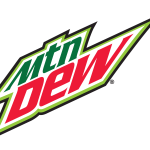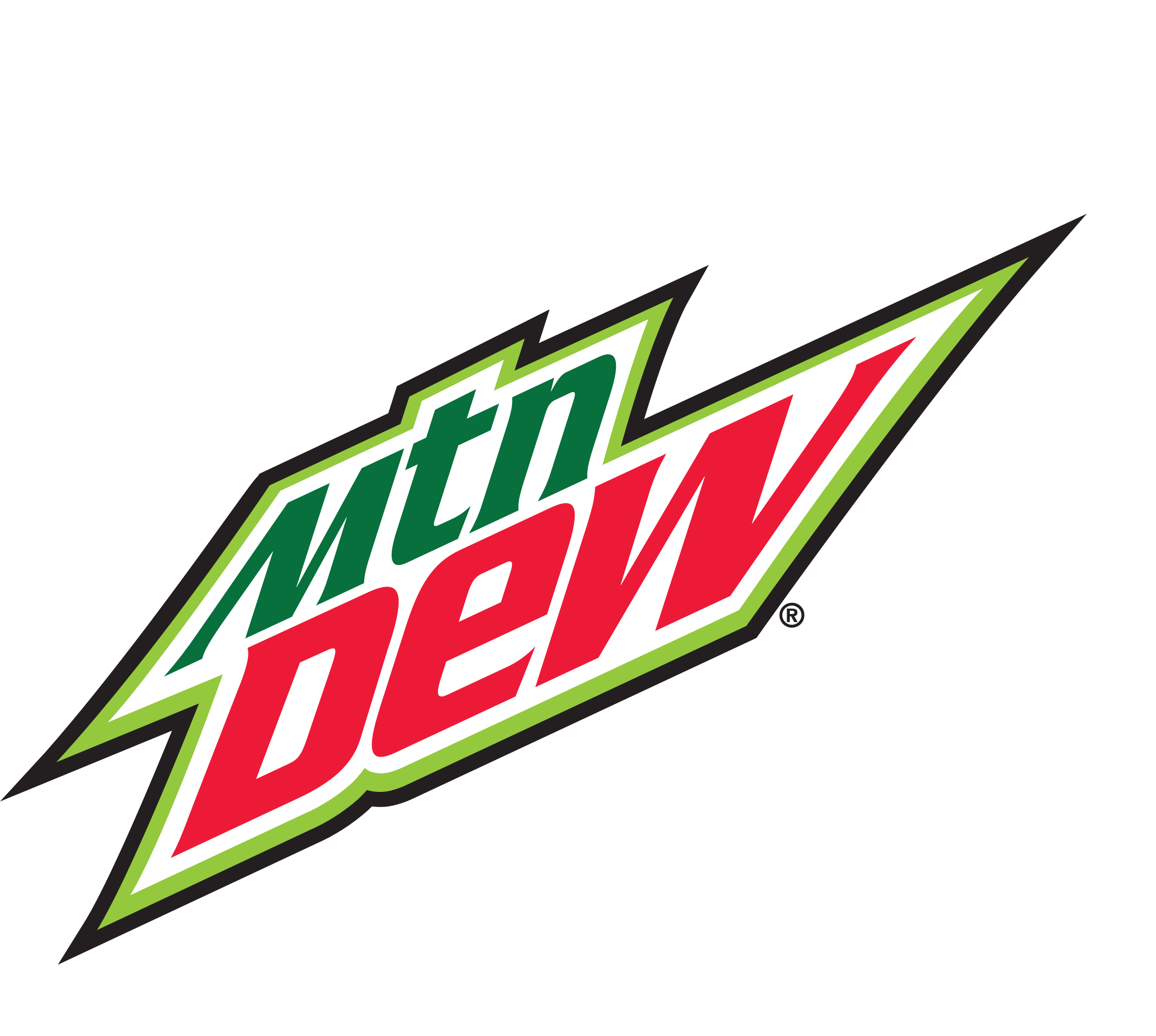Mountain Dew is owned by PepsiCo.

Introduced: 1940
Country of origin: USA
Product type: Soda
Owner: PepsiCo
Website: www.mountaindew.com
Product Description
Mountain Dew is a vibrant, high-energy soft drink known for its unique citrus flavor. Introduced in 1940, it has become a staple in the beverage world, appealing to a young, adventurous demographic. The bright green color and distinctively bold taste, often accompanied by a caffeine kick, set it apart from other sodas. Over the years, Mountain Dew has expanded its range to include a variety of flavors, such as the tropical lime Baja Blast and the berry-infused Code Red, catering to diverse palates.
Previous Ownership:
- 1940: Created by Barney and Ally Hartman, Tennessee beverage bottlers.
- 1958: The formula was revised by Bill Bridgforth.
- 1964: The Tip Corporation of Marion, Virginia, revised the formula again and subsequently sold rights to Pepsi-Cola.
- Post-1964: PepsiCo continues ownership after the acquisition.
Mountain Dew Variants
- Original Mountain Dew: The classic, citrus-flavored original formula.
- Diet Mountain Dew: A low-calorie version of the original.
- Mountain Dew Code Red: Mountain Dew with a cherry flavor.
- Mountain Dew Voltage: Raspberry-citrus and ginseng-flavored Dew.
- Mountain Dew Baja Blast: A tropical lime-flavored variant, famous as a Taco Bell exclusive.
- Mountain Dew Game Fuel: Enhanced with caffeine, designed for gamers.
- Mountain Dew Zero Sugar: A no-sugar version of the original flavor.
- Mountain Dew LiveWire: Dew with an orange flavor.
- Mountain Dew Pitch Black: A grape-flavored variant of Mountain Dew.
- Mountain Dew White Out: A smooth citrus-flavored Dew.
Key Competitors
- Sprite (The Coca-Cola Company): A lemon-lime flavored soda, known for its crisp, clean taste that offers a different but competing citrus flavor profile to Mountain Dew.
- 7 Up (Dr Pepper Snapple Group): Another major lemon-lime flavored soft drink, competing in the non-caffeinated segment, offering a clear, refreshing alternative.
- Mello Yello (The Coca-Cola Company): Directly competes with Mountain Dew, offering a similar citrus-flavored, caffeinated soft drink experience.
- Fanta (The Coca-Cola Company): While primarily known for its orange flavor, Fanta offers a range of fruity flavors that compete with some of the fruit-flavored variants of Mountain Dew.
- Sierra Mist (PepsiCo): Although a PepsiCo product, Sierra Mist competes in the lemon-lime segment and can be seen as an alternative for consumers within PepsiCo’s product range.
- Sunkist (Dr Pepper Snapple Group): Primarily an orange-flavored soda, Sunkist competes with Mountain Dew’s citrus profile, especially with Mountain Dew’s orange-flavored variants.
- Surge (The Coca-Cola Company): Originally introduced to compete directly with Mountain Dew, Surge offers a similar citrus-flavored, high-caffeine drink option.
- AMP Energy (PepsiCo): Owned by PepsiCo, AMP Energy is more of an energy drink but competes in the high-energy, high-caffeine market that Mountain Dew targets, especially with its Game Fuel line.
The History of Mountain Dew
Origins in the Heart of Appalachia (1940s)
Mountain Dew’s story begins in the hills of Tennessee in the 1940s. Developed by Barney and Ally Hartman, the drink was originally crafted as a mixer for whiskey. The name “Mountain Dew” was a slang term for homemade whiskey, particularly in the Appalachians.
From Mixer to Mainstream (1950s-1960s)
In the late 1950s, the formula was revised by Bill Bridgforth, which was later finalized by the Tip Corporation of Marion, Virginia. This new formula laid the foundation for the modern Mountain Dew. In 1964, the rights were sold to Pepsi-Cola, marking the beginning of Mountain Dew’s journey as a major soft drink.
A PepsiCo Powerhouse (1964-Present)
Under PepsiCo, Mountain Dew transformed into a popular, high-energy drink. Its marketing campaigns, often targeting a young, adventurous demographic, helped cement its position in the soft drink market. New variants and flavors were introduced, each capturing unique taste profiles and expanding the brand’s reach.
Innovations and Expansions (1970s-1990s)
The 1970s and 1980s marked a period of innovation for Mountain Dew. The brand began experimenting with different flavors and marketing strategies to appeal to a broader audience. During this time, Mountain Dew established itself as a drink that symbolized youth and excitement, often associated with extreme outdoor activities and bold adventures. The introduction of Diet Mountain Dew in the 1980s further expanded the brand’s appeal to those seeking a lower-calorie option without sacrificing the distinctive Mountain Dew taste.
The Turn of the Millennium and Brand Evolution (2000s-2010s)
As the new millennium unfolded, Mountain Dew continued to evolve. The brand embraced the rising digital age, aligning itself closely with the gaming community. Special editions like Mountain Dew Game Fuel were launched, targeting gamers with limited-edition flavors and gaming-related promotions. This period also saw the brand experimenting with more exotic flavors, such as Mountain Dew LiveWire and Pitch Black, catering to consumers looking for novel and diverse taste experiences.
Sustainability and Health Consciousness (2020s)
Entering the 2020s, Mountain Dew began to address growing concerns around health and environmental sustainability. Efforts to reduce sugar content without compromising on flavor were evident with the introduction of Mountain Dew Zero Sugar. The brand also started adopting more sustainable packaging solutions and initiatives to reduce its environmental footprint, reflecting a more eco-conscious approach.
Continued Influence and Future Directions
Today, PepsiCo has position Mountain Dew’s influence beyond the beverage industry. It’s viewed as a a cultural symbol embedded in various aspects of lifestyle, from sports to music to digital entertainment.

